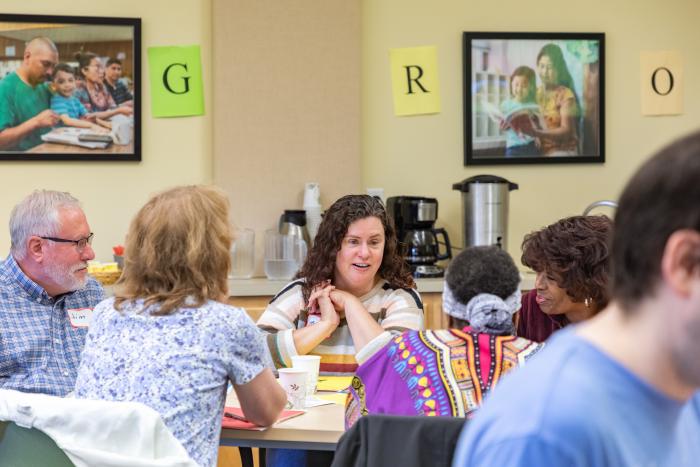Free Online Continuing Education Classes for Teachers Minnesota

Professional Development
* October 27, 3-4 pm * November 17, 3-4 pm * December 15, 3-4 pm "Before the course I wasn't sure whether distance learning was something I could comfortably tackle. Now, though I have just been introduced to it, I feel that it is something I want to try. Why not, for crying out loud!" - Satisfied participant Cohort Courses
Online Courses

World-Ed offers a series of three free online self-paced courses related to distance learning:Introduction to Blended Learning; Introduction to Mobile Learning, and Open Educational Resources. Go here to get started, and here to learn how to self-enroll in any of these courses: Take a self-paced course through World Ed Online
Source: https://www.literacymn.org/distancelearning-PD

0 Response to "Free Online Continuing Education Classes for Teachers Minnesota"
Post a Comment